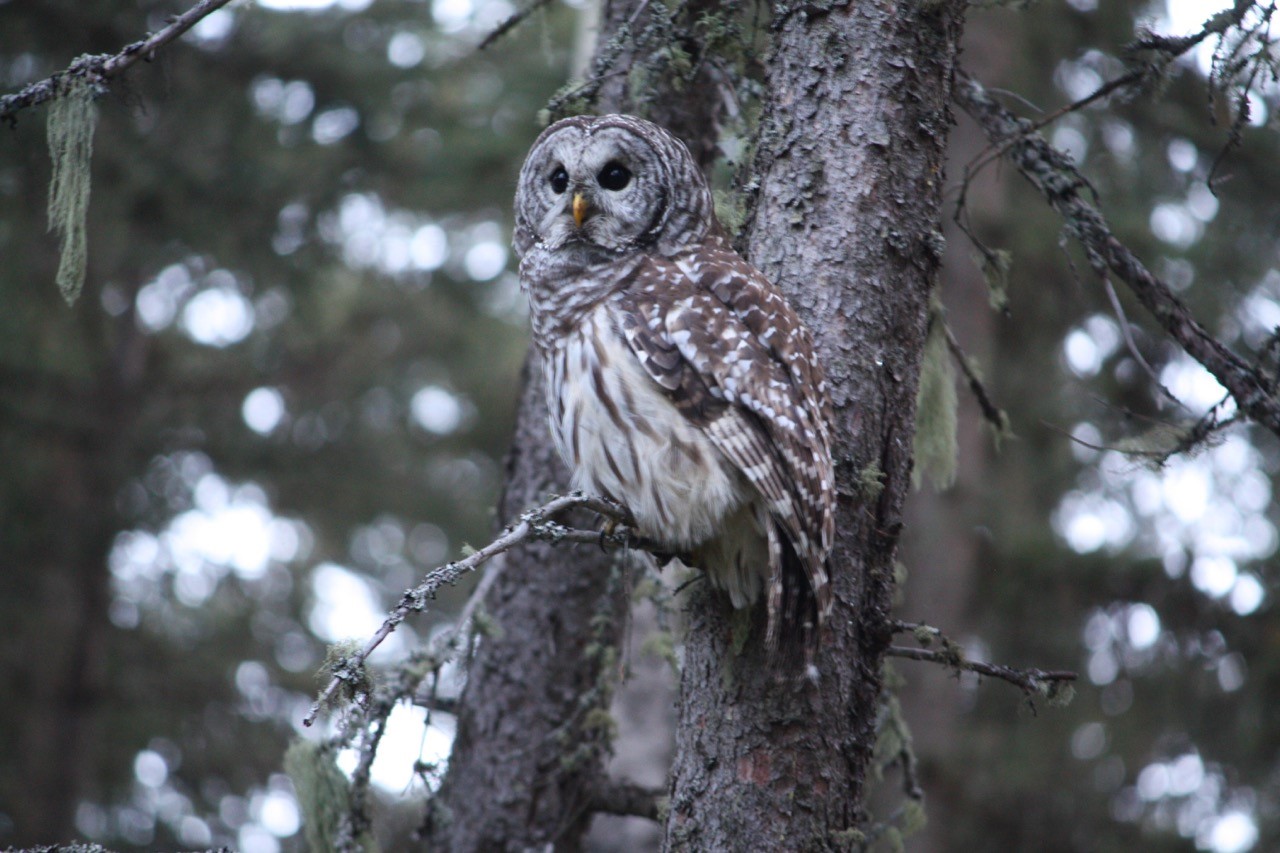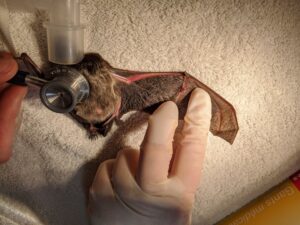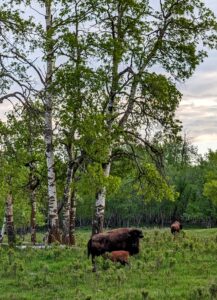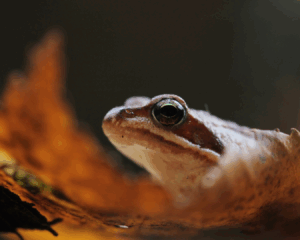The human population interferes with natural habitat and wildlife every single day. If there was not protection for wildlife species, we would most definitely see increasing rates of extinction -more so than we have already seen around the world.
Alberta has policies in place to help our wildlife from becoming closer to extinction and has rankings for species that are at risk.
What is a Species at Risk?
“Species at Risk are the most vulnerable components of Alberta’s biodiversity and require special attention to maintain and recover their populations and habitats” (AESRD 2014).
There are different rankings for Species at Risk, and a detailed status assessment is created to help determine the proper designation. The Species at Risk rankings are (AESRD 2014):
- Endangered – when a species may soon become extirpated (disappear from their range in Alberta), or extinct.
- Threatened – when a species is likely to become endangered if certain factors are not reversed.
- Species of Special Concern – a species with characteristics that make them particularly sensitive to human activities or natural events.
- Data Deficient – when there is insufficient scientific information to support status designation of a species.
What do these rankings mean?
- A species with the designation of Endangered or Threatened will receive protection and a recovery plan. Recovery plans have a goal of attempting to ensure long-term survival of the species in their natural habitats in the wild (AESRD 2014).
- Prevention programs also exist for Species of Special Concern with the goal of preventing these species from becoming Threatened or Endangered (AESRD 2014).
How do you know the ranking of a species?
- Alberta’s Wildlife Act has a list of ranked species here (AEP 2017): https://aep.alberta.ca/fish-wildlife/species-at-risk/documents/SpeciesAssessedConservation-2014a.pdf
One of the most famous examples of a recovery program that helped a population rebound back from the brink of extinction is the whooping crane. The whooping crane breeds in Northern Alberta, and migrates to Texas in the winter. Without human intervention, the whooping crane could have easily disappeared. There were only 21 individuals left in 1941, and with the help of a breeding program, the whooping crane population is now at 600 individuals (Cornell University 2015). While this species is still listed as Endangered today, they have a fighting chance of survival due to human intervention.
How can YOU help?
- AIWC is dedicated to helping wildlife that needs assistance.
- By supporting AIWC, you are increasing survival rates of individual animals in our care, as well as helping to try to ensure the survival of their species.
- To see the many different ways you can help support AIWC, please follow this link: https://www.aiwc.ca/support-us/
By Tayler Hamilton, AIWC Volunteer
References:
Alberta Environment and Parks (AEP). 2017. Endangered, Threatened, Special Concern and Data Deficient Species in Alberta. Available at: https://aep.alberta.ca/fish-wildlife/species-at-risk/documents/SpeciesAssessedConservation-2014a.pdf
Alberta Environment and Sustainable Resource Development (AESRD). 2014. A Guide to Endangered and Threatened Species, and Species of Special Concern in Alberta. Version 1. Edmonton, AB. 84 pp. Available at: https://aep.alberta.ca/fish-wildlife/species-at-risk/species-at-risk-publications-web-resources/documents/SpeciesAtRiskGuide-Jan-2015.pdf
Cornell University. 2014. Whooping Crane. Available at: https://www.allaboutbirds.org/guide/Whooping_Crane/lifehistory







2 thoughts on “Species At Risk”
hi, I am wondering where I would find a current list of endangered species ? I live in beiseker alberta and somoene in the community told me we have a lizard around that is considered endangered, there is a incinerator plant being built in town which would affect them in many ways. where abouts would I look to find out if this is true? thanks
Hi Carla,
This web page should help: https://www.alberta.ca/species-at-risk.aspx and will show if the species is endangered or not. I would also advice reaching out to your local AB Environment and Parks Office (F&W) too as they will be able to help. The office numbers are here: https://www.alberta.ca/fish-and-wildlife-contacts.aspx
Thank you!